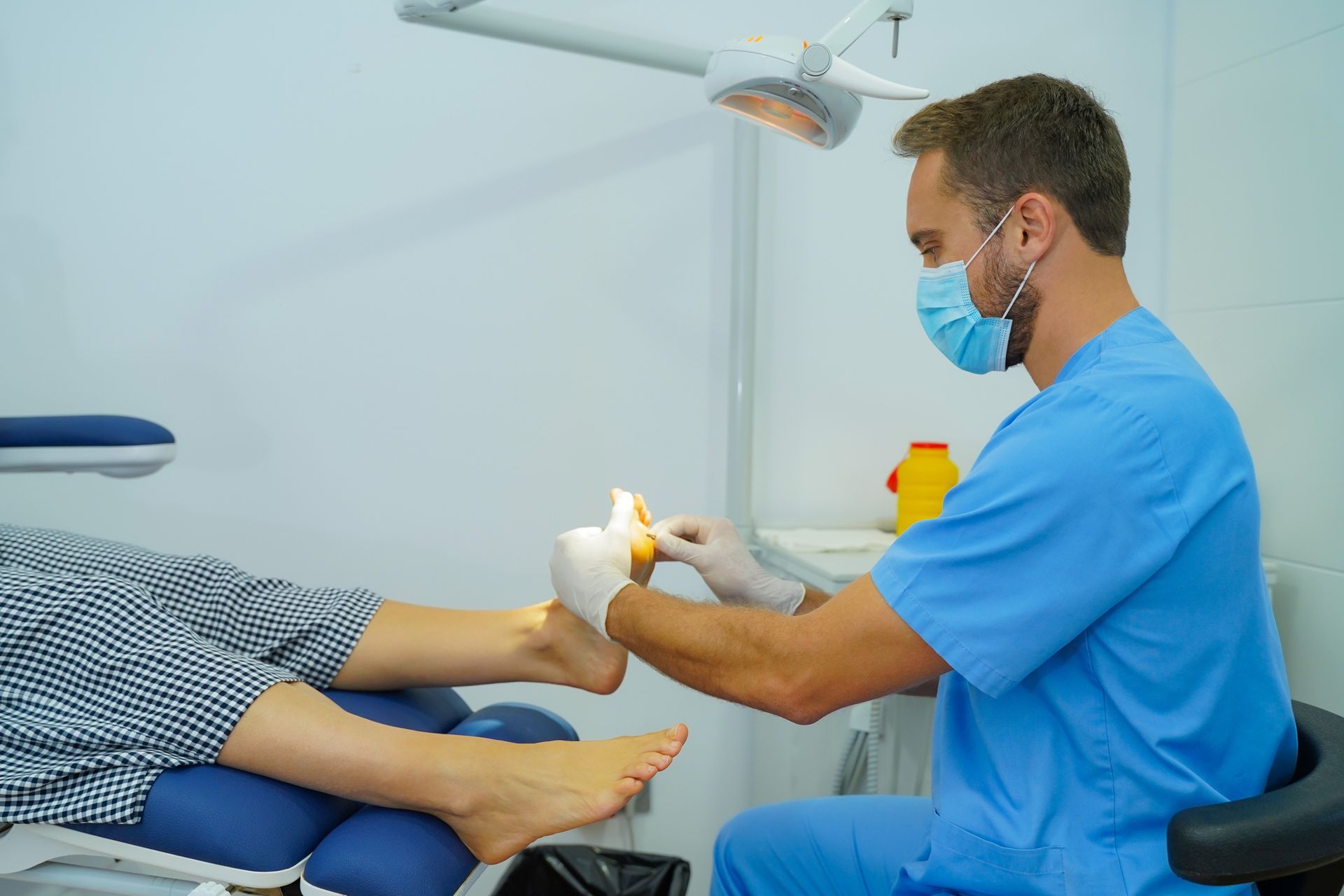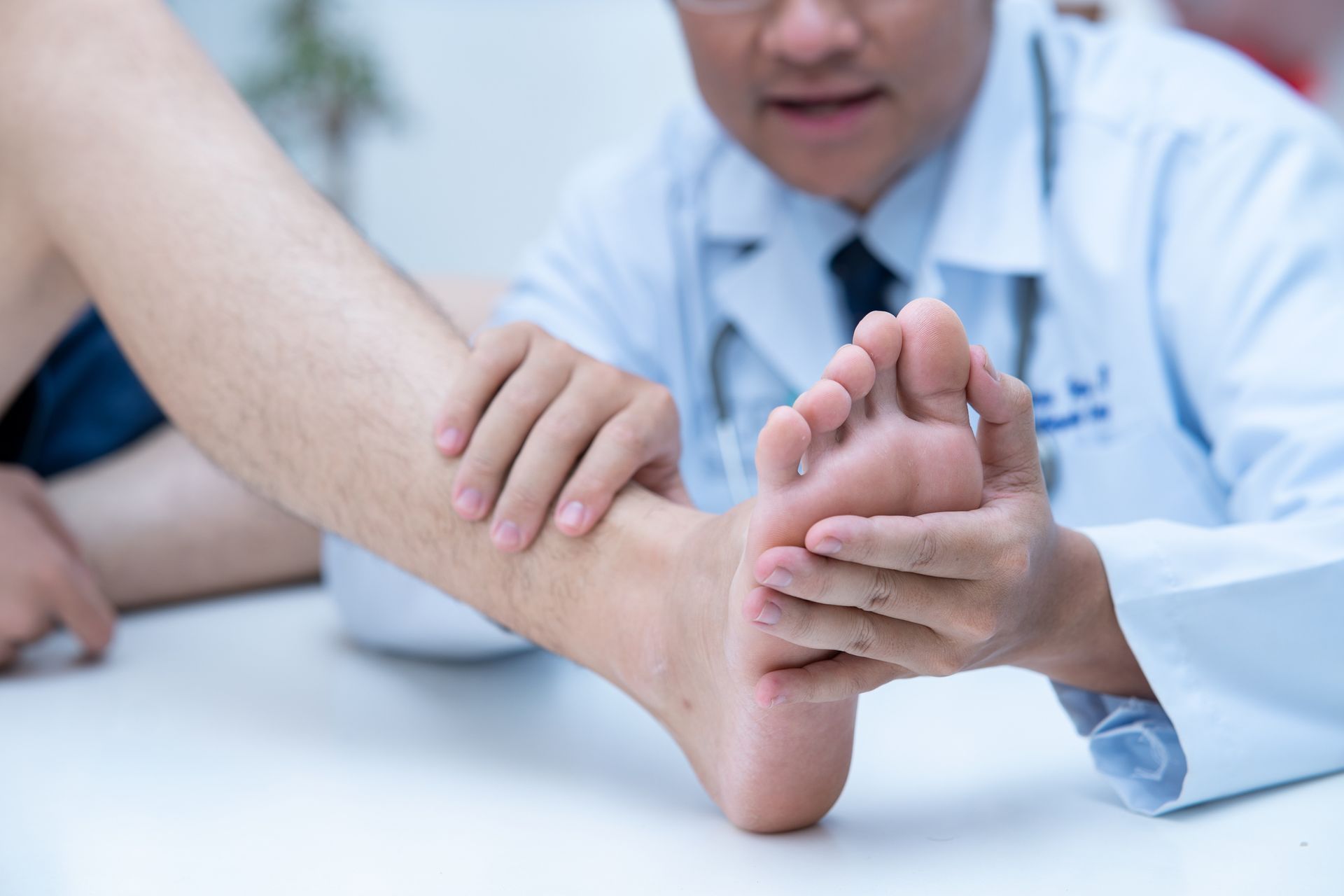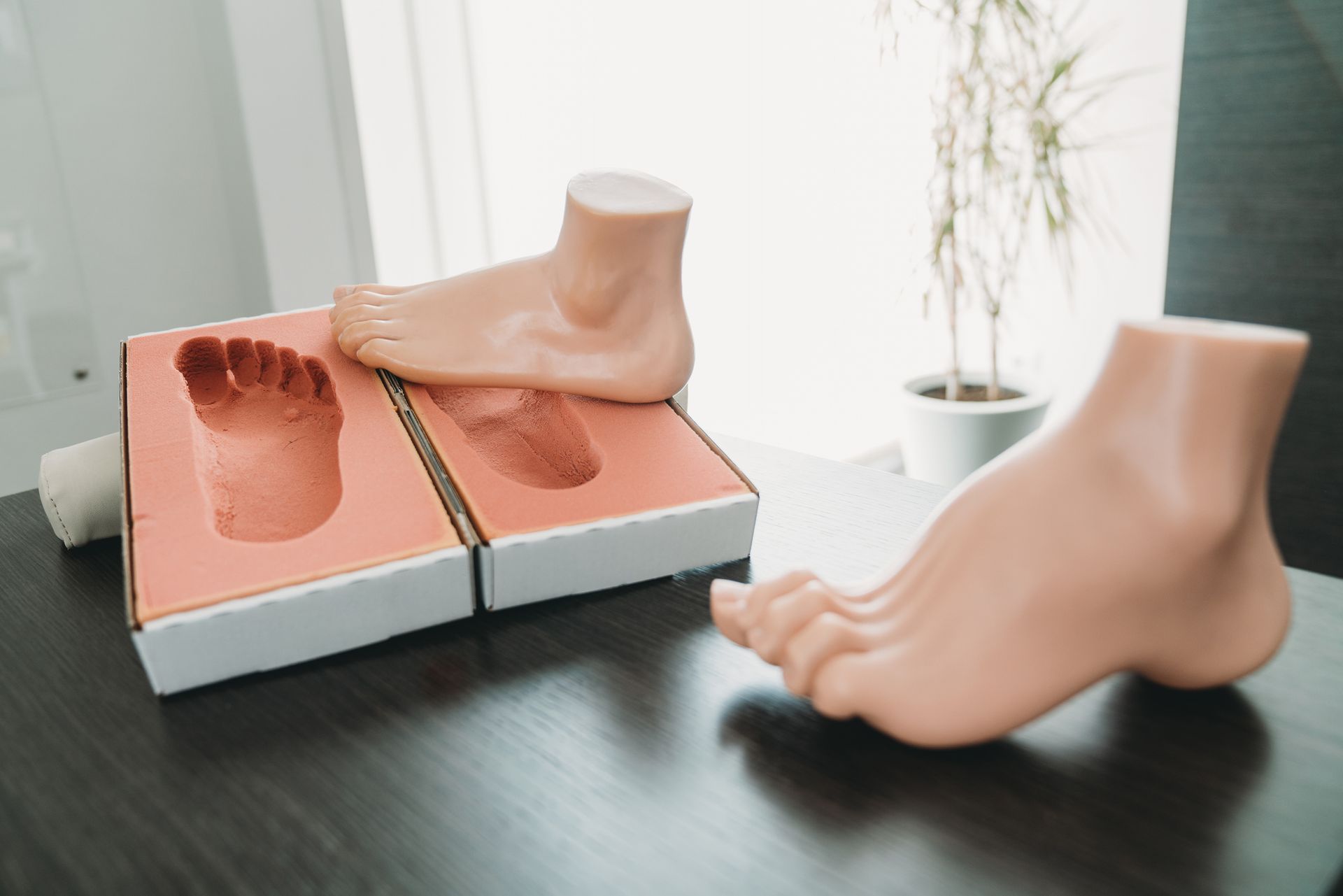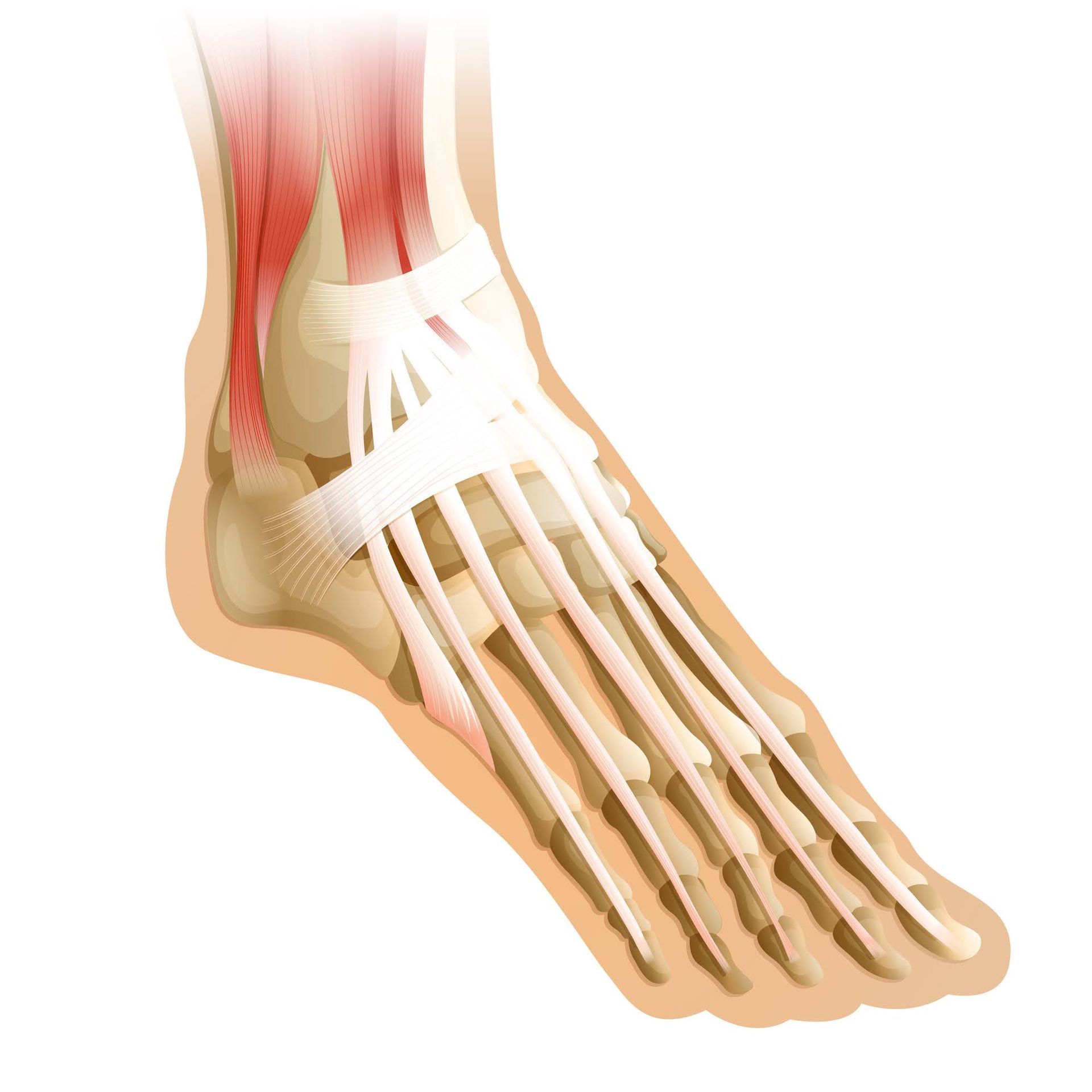Types of Foot Infections and How To Treat Them
Fungus infections are common conditions that can affect anyone, regardless of age or gender. The fungus can thrive in warm, moist environments, such as the inside of your shoes or socks. Unfortunately, foot fungus can be challenging to treat, as it can spread quickly and easily between toes and other areas of the foot.
In this blog post, we will discuss the types of foot fungus and infections you may encounter and the most effective treatments to help clear them up fast. We'll also share tips on how to prevent them from occurring in the first place.
Athlete's Foot
Athlete's foot is a condition caused by a fungus that attacks the skin on the feet. It is highly contagious and can spread easily from person to person. Symptoms include itching, burning, and stinging between the toes and on the soles of the feet.
Athlete's foot can be treated with over-the-counter antifungal creams, powders, and sprays. These products work by killing the fungus and helping to restore healthy skin. In more severe cases, a doctor may prescribe prescription-strength antifungal medications.
Toenail Fungus
Toenail fungus is a type of fungal infection that affects the toenails. It can cause the nails to become thick, discolored, and crumbly. This condition can be painful and uncomfortable, and it may also cause a foul odor.
Toenail fungus can be treated with antifungal creams, ointments, or prescription-strength oral medications. In some cases, the toenail may need to be removed surgically to allow for a new nail to grow back healthily.
Ringworm
Ringworm, medically known as tinea corporis, is a common fungal infection that primarily affects the skin on the feet, groin, or scalp. This pesky infection typically manifests as a circular or ring-shaped rash with a distinct red hue, accompanied by dry and scaly skin. The incessant itchiness and discomfort caused by this condition can be quite bothersome.
It is important to seek proper treatment and take necessary precautions to effectively address and prevent the spread of ringworm. Ringworm can be treated with antifungal creams, ointments, or shampoos. In some cases, oral medications may be necessary to clear up the infection.
Cellulitis
Cellulitis is a bacterial infection that affects the skin and underlying tissue. It can occur anywhere on the body, but it's commonly seen in the feet and legs. Symptoms include redness, swelling, and warmth, and the affected area may be tender to the touch. Antibiotics are typically prescribed to treat cellulitis, and it's important to keep the affected area elevated and well-rested to prevent the infection from spreading.
Plantar Warts
Plantar warts are caused by the human papillomavirus (HPV) and can be found on the soles of the feet. They usually appear as small, rough patches, and can be painful when pressure is applied. Over-the-counter treatments such as salicylic acid or freezing kits can be used to remove plantar warts, but if the warts are large or painful, it's best to see a doctor to have them removed.
Foot Abscess
A foot abscess is a collection of pus that forms within the tissue of the foot. It's usually caused by a bacterial infection and can be very painful. To treat a foot abscess, it's important to see a doctor who will prescribe antibiotics and drain the infection. In severe cases, surgery may be necessary.
Foot fungus can be an uncomfortable and embarrassing condition. However, with the right treatment, it can be easily addressed and prevented. By following these tips, you can help keep your feet healthy and fungus-free. Remember to act fast if you suspect you are suffering from foot fungus, and schedule an appointment with our podiatrist at Advanced Foot Clinic.









